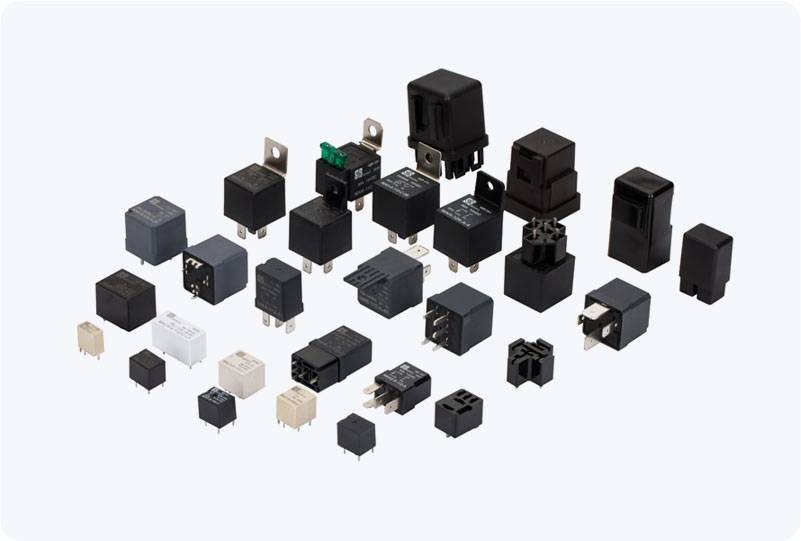In many industrial applications, particularly those involving potentially explosive atmospheres, safety is the top priority. Whether it’s a chemical plant, an oil refinery, or a mining site, these hazardous environments require specialized equipment to ensure the safety of both personnel and infrastructure. One such piece of critical equipment is the Hazardous Area Relay. This article delves into the importance, features, and applications of Hazardous Area Relays, highlighting their role in protecting sensitive areas from the risks associated with explosive gases, vapors, and dusts.

What is a Hazardous Area Relay? A Hazardous Area Relay is an electrical component used in industries where the risk of explosive atmospheres exists. These relays are designed to control electrical circuits in areas that may have hazardous substances such as flammable gases, vapors, or combustible dust. They are part of the broader category of devices that help manage and mitigate electrical risks in environments where a failure could lead to catastrophic consequences like explosions or fires. These relays are built to ensure that electrical operations within dangerous areas do not lead to sparks or overheating, which could ignite surrounding hazardous substances. Hazardous Area Relays are essential in protecting industrial automation systems and control circuits that operate in such high-risk environments.